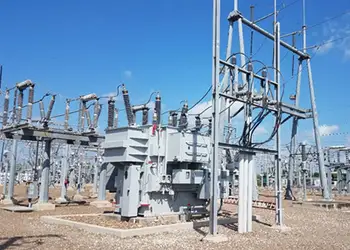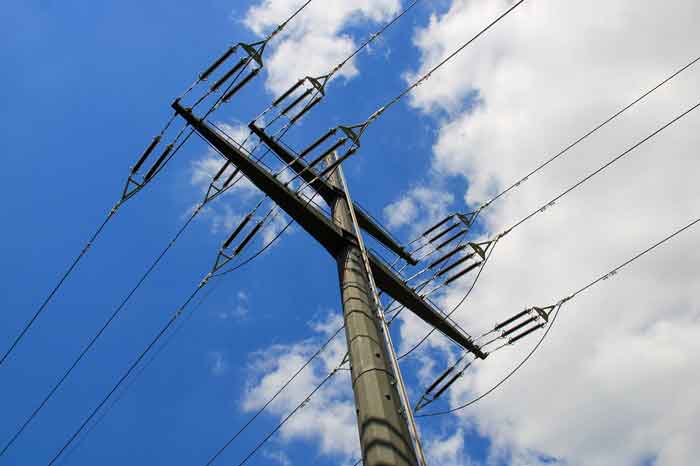Solar powers Shanghai train station
By United Press International
Substation Relay Protection Training
Our customized live online or in‑person group training can be delivered to your staff at your location.

- Live Online
- 12 hours Instructor-led
- Group Training Available
The project is the world's largest stand-alone integrated photovoltaic - or BIPV - project, reports China's state-run news agency Xinhua.
Using 20,000 solar panels, the 6.68-megawatt system covers an area of 73,000 square yards.
The system, which started transmitting power to the grid in Shanghai, is capable of producing 6.3 million kilowatts hours of electricity each year, supplying power to 12,000 households in Shanghai.
The solar-powered train station has produced 300,000 kilowatts of power since it began operating in early July. It is expected to reduce coal consumption by 2,254 tons and cut carbon emissions by 6,600 tons.
"The project is another manifestation of China's commitment to reducing carbon emissions to fight climate change," said Yu Hailong, general manager of Beijing's China Energy Conservation and Environmental Protection Group, developer of the project, Xinhua reports.
"As a pilot project, it will help stimulate the development of solar energy in China and promote the construction of more environmentally friendly railway stations," he said.
Zheng Jian, chief engineer of China's ministry of railways, said the country would push for more solar-powered rail stations, particularly as a way to promote BIPV technology.
Solar power is also making its mark at the World Expo Shanghai.
About half of the energy at the exposition comes from clean and sustainable sources, with solar energy providing more than 1.77 million kilowatt hours of electricity since it opened May 1, said an official of the mega-exhibition.
At the World Expo 2010 Theme Pavilion, for example, solar panels cover 31,000 square yards of roof space. Said to be the world's largest rooftop with a solar energy system, the system can generate 2.8 million kilowatt-hours per year, which is enough to meet the electricity needs of 2,500 families for a year and reduce carbon emissions by 2,800 tons.
China is the world's top emitter of greenhouse gases. It aims to obtain 15 percent of its power from renewable energy sources by 2020. Coal generates about two-thirds of the country's electricity.
The UN report "Global Trends in Green Energy 2009," shows that new private and public sector investments in core clean energy rose 53 percent in China in 2009. China added 37 gigawatts of renewable power capacity in 2009, more than any other country.











